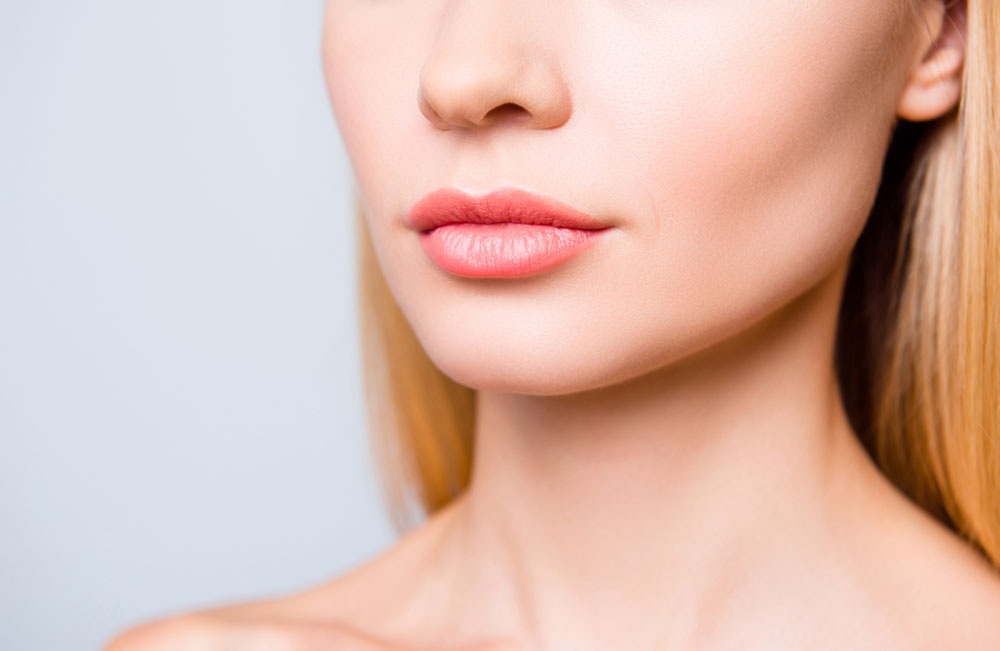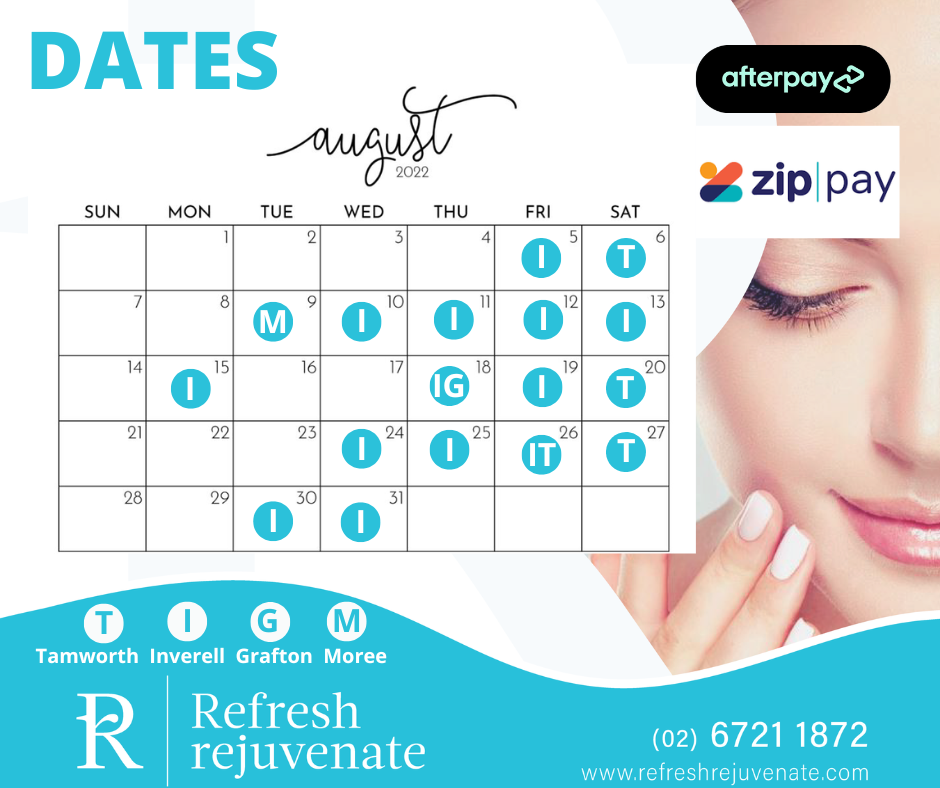
18 Jun Dermal Fillers 101
Dermal fillers are a powerful way to replace structural volume loss in the face, which naturally occurs as we age. By volumising facial depressions, dermal fillers help to create a more youthful and refreshed visage. Depending on the type of filler used, the treatment can also lift mildly sagging skin and hydrate tired skin. The effects last between six months and two years.
What facial areas can be treated with dermal fillers?
Dermal fillers are very versatile and can be used to address several facial areas. Commonly treated areas include cheeks, lips, jowls, and eye hollowing, as well as the chin, temple, and forehead. When deciding where to use dermal fillers, it is important to consider the face as a whole and not focus on a singular area. Maintaining facial balance is the key to creating a natural and aesthetically pleasing result.
What are dermal fillers made of?
In Australia, the most commonly used fillers are composed of hyaluronic acid. Hyaluronic acid is naturally produced by our bodies and can be found primarily in the skin and eyes.
Its main function is to retain water, which enhances hydration and results in more radiant looking skin. As a natural compound, hyaluronic acid can be completely dissolved with the enzyme hyaluronidase.
What are the different types of dermal fillers?
Hyaluronic fillers can generally be classified according to thickness – thick, medium, and thin. Thick fillers last the longest and provide the greatest volume and structure to the face.
Different facial areas require different types of filler. For example, thick cheek fillers are not suitable for delicate areas, such as lips or under-eye bags. ‘Skin boosters’ are another category of hyaluronic acid fillers. These are very thin fillers that are used to hydrate dry, tired skin.
How long do dermal fillers last?
Hyaluronic acid fillers last between six and 12 months, depending on the type of filler, the facial areas where the filler is used, and how your body processes them. Non-hyaluronic acid fillers may last longer.
Are dermal fillers suitable for everyone?
If you are pregnant, breast feeding, allergic to dermal fillers, severely immunocompromised or infected at the site of injection, dermal fillers will not be suitable for you.
Are dermal fillers safe?
At Refresh Rejuvenate, the procedure for dermal fillers is very safe. Our cosmetic injectors at Refresh Rejuvenate are highly trained and have years of experience performing the treatment.
Are dermal fillers painful?
Dermal fillers are usually well tolerated, and most people have no problems. However, stress, anxiety, poor sleep, menstruation, and illness may influence how you feel. We want you to have the most comfortable experience possible, so speak to our friendly team before your procedure if you have any concerns.
Do dermal fillers have any side effects?
Occasionally, people will experience a small amount of bruising, which may last up to two weeks. Swelling can also occur in certain facial areas, for example in the lips, although this is less common and subsides more quickly than bruising.
What is the difference between dermal fillers and anti-wrinkle treatments?
Dermal fillers are used to replace lost volume in hollows beneath the skin. This helps to lift, hydrate, and rejuvenate the skin. Anti-wrinkle injections temporarily weaken muscles that cause lines on the face, resulting in smoother looking skin.
Dermal fillers and anti-wrinkle injections are often used together to provide superior results that last longer.
Discover if dermal fillers are right for you
Every face is different and therefore requires a different approach when it comes to cosmetic treatments. If you’re considering dermal fillers, speak to our friendly and experienced team.


